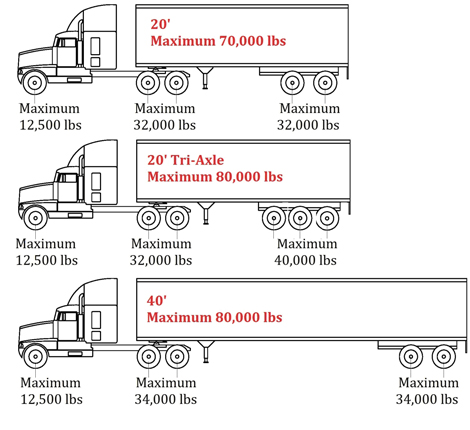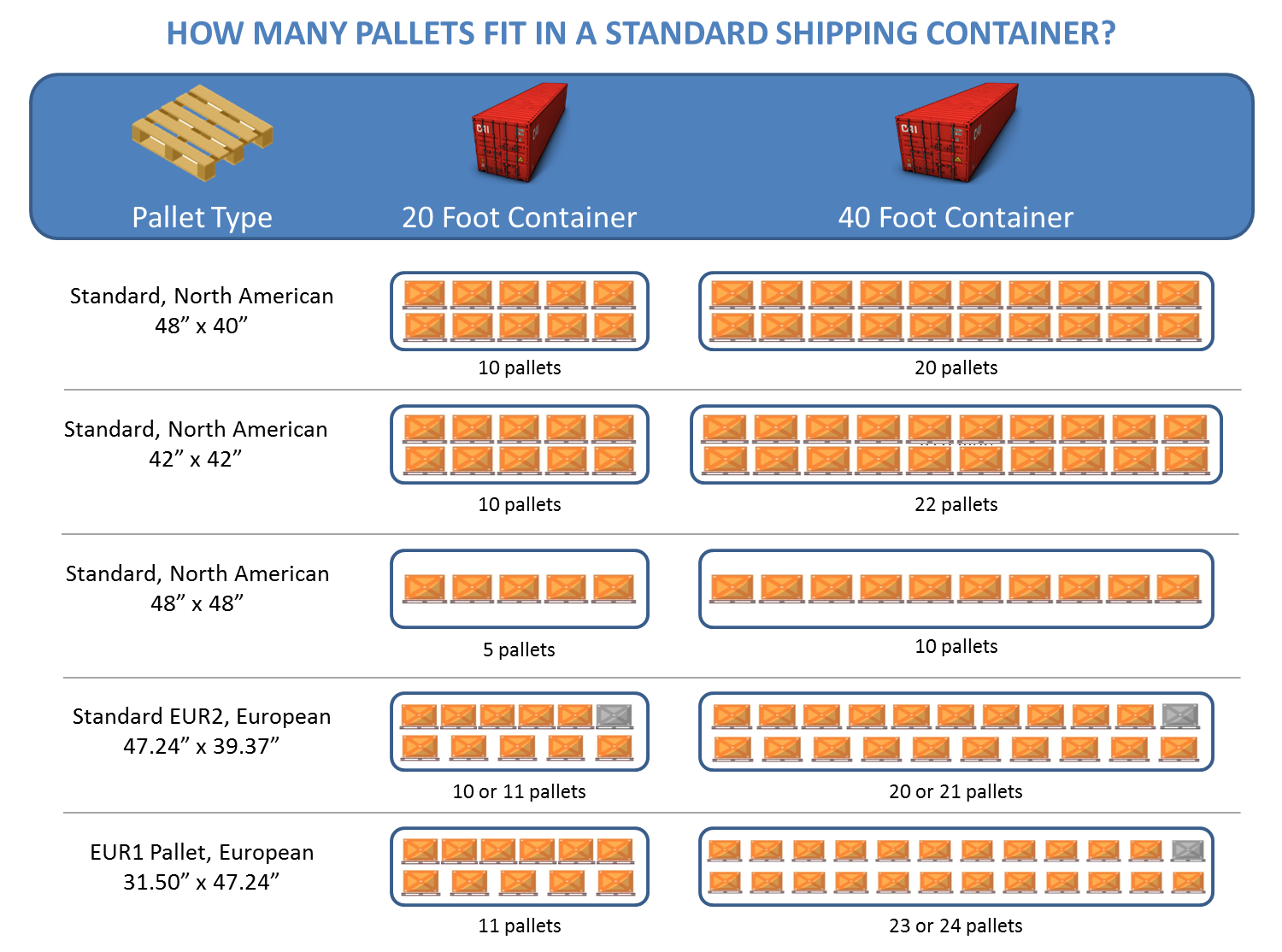22t per 20ftgp less if hc or reefer 20 5 per 40ft gp less if hc or reefer most western australian carriers have heavy mass permits to 30 tonne gross container weight depending on vehicle combination.
Maximum road weight for 20 container.
Therefore max cargo weight.
Road weight limitation in japan.
A use tri axle chasses for transport.
However factors such as interior dimension container brand and the shipped product will affect final weight.
Maximum loaded weight of container for road transport in western australia is 24 5t.
B apply sanction for transportation route.
Dry containers 20 and 40 general purpose are manufactured from either aluminium or steel.
Cargo up to 40 000 lbs may be moved with a tri axle.
Since the standard for international shipments is the loaded 40 ft.
Aluminium dry containers have a slightly larger payload than steel and steel dry containers have a slightly larger internal cube.
The total gross weight is also determined by the number of axles across the different types of truck trailer combinations.
Maximum legal weight for both 20ft 40ft containers in state of queensland 24t including tare state of new south wales 26 5t including tare state of victoria 26t including tare state of south australia 24t including tare state of tasmania 24t per 20 30t per 40 including tare.
As an example for a common semi trailer combination carrying a standard 20 or 40 shipping container the maximum mass load will be 42 5 tonnes.
The given weights are guidelines and subject to local regulation.
In some states truckers will not move 40 000 lbs loads.
On a truck with a minimum typical weight of 30 000 lb a uniform maximum truck weight of 98 000 to 100 000 with overweight permits and fees could simplify international container shipments and benefit states through.
35 000 lbs is the maximum legal road weight.
Road weight and size limitations.
Container with a maximum iso weight of 67 700 lb.
The maximum capacity of a 20 foot ocean container is close to 48 000 lbs.
They are suitable for most types of cargo.
The cubic capacity or product of height times width times depth is the most relevant calculated figure and a typical 20 foot vessel approaches 1 400 cubic feet.


























